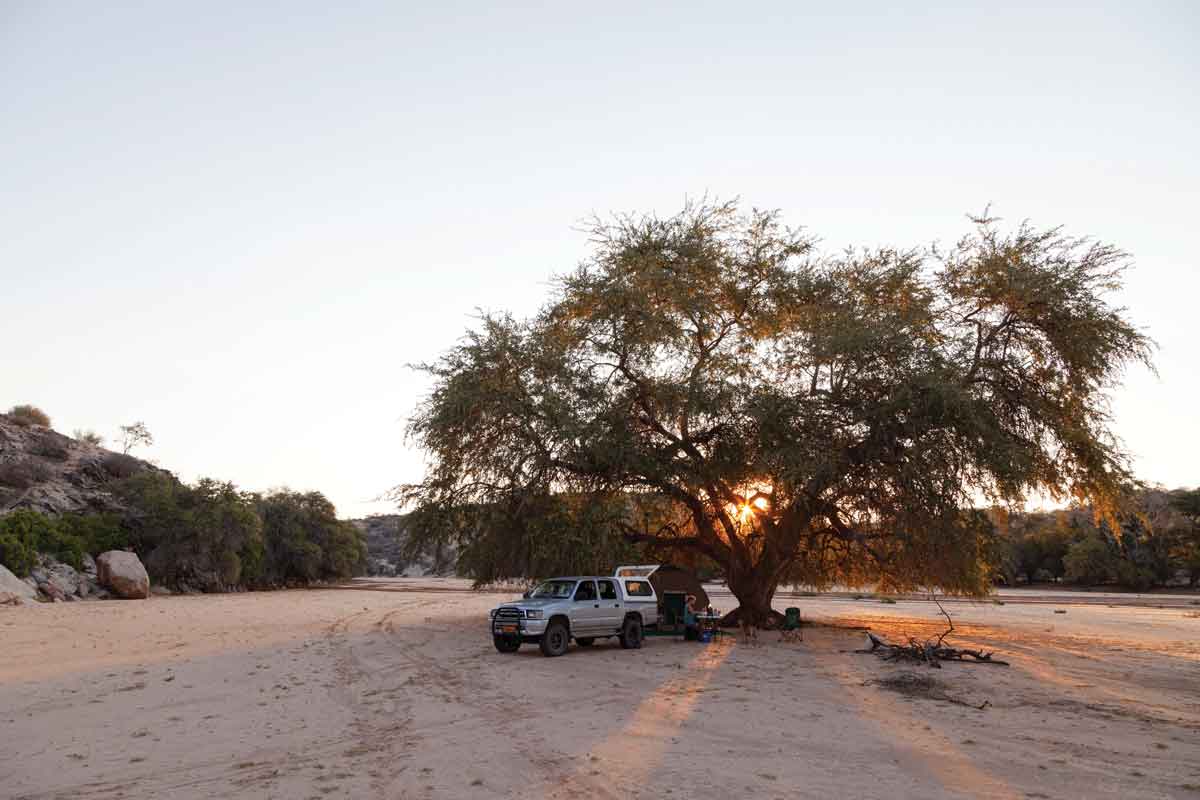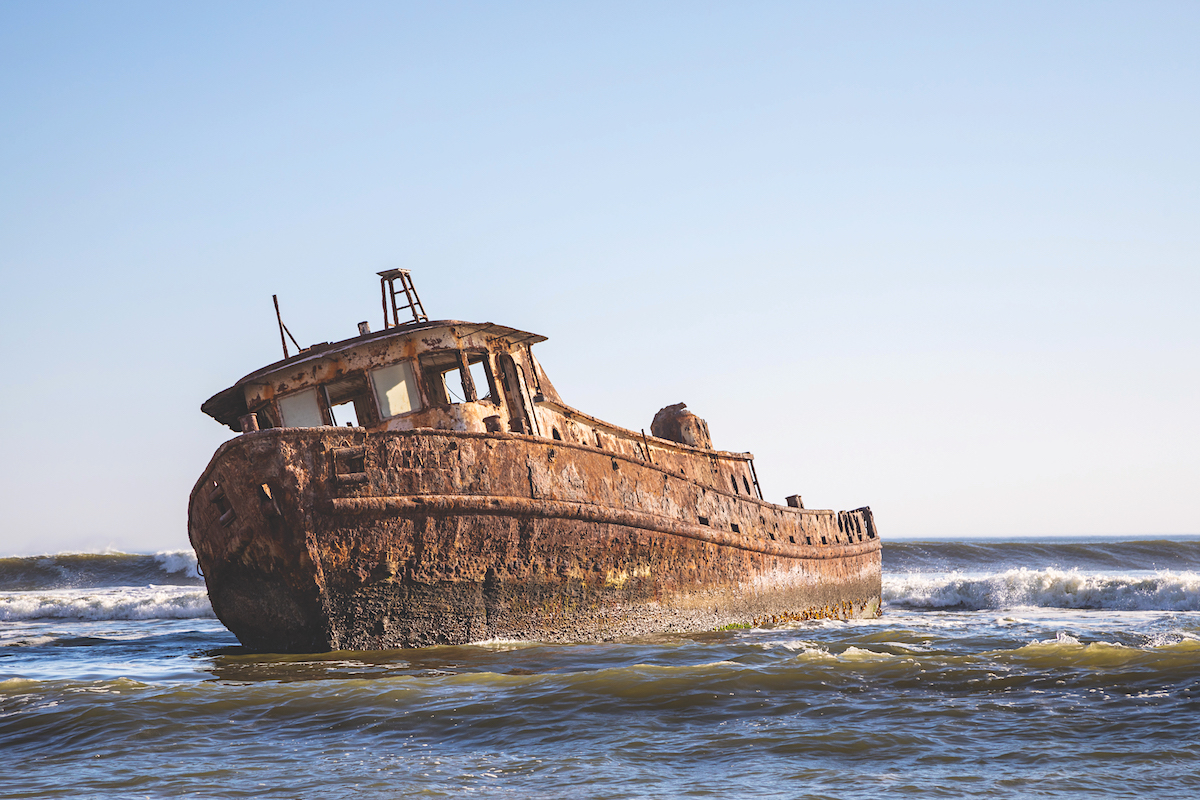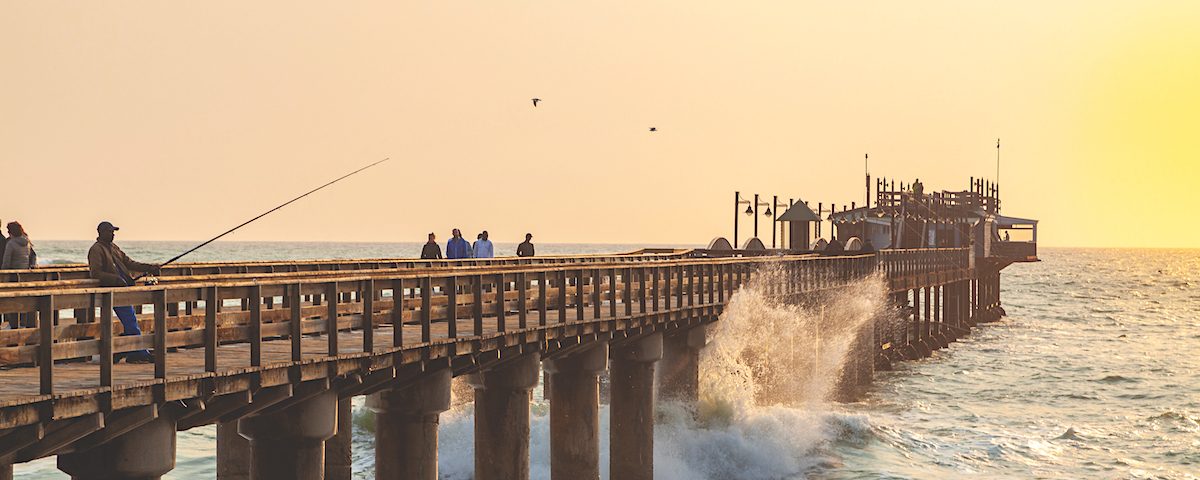
Winter in Namibia has a smell
November 2, 2021
Exploring ghost towns and rusty wrecks of the Namib
November 4, 2021Text & Photographs Martha Mukaiwa
The me in 2019 would never believe that I’ve been living in Swakopmund for six months.
Like some smirking ghost of Christmas past, the pinned tweet on my Twitter profile dated 13 August 2019 reads: “This year my travel writing actually paid my bills…”
The images attached to the humble brag are a highlight reel of the best year of my professional life. A Travel Africa Magazine feature about exploring a witchy market in Accra, a Flamingo advertorial on Strand Hotel, a multiple-page spread on Vietnam in The Weekender and a solo woman traveller story featuring me in Paris in The New York Times.
Fast forward to late February 2020, the last time I caught a flight to Cape Town International Airport, and men in military fatigues are demanding a full list of my previous destinations.
Somewhat fresh from a three-month writing residency in the USA, I had heard of the advancing Coronavirus in snippets of airport chatter during a layover in Atlanta but, until that moment, it still had the vague shape of an exotic boogie man one could avoid by giving hotspots a wide berth.
Planning a trip to Wuhan?
No.
Cool! As you were.
Cute.
Wildly inaccurate but cute.
History will tell you Namibia locked down against the Coronavirus less than a month later, embarking on a respectable prevention campaign as the pandemic’s devastating rollcall of death, disease, masks, isolation, travel bans, stay-at-home orders and social distancing descended like an alien spaceship.
Over a year later, with Covid-19 having doused all hope of a return to normalcy, I wake up in Swakopmund in a cold sweat.
The night that never quite fades to black blinks brown behind the thin gauze of my curtains. Poseidon – great, grumpy god of the sea – is testy that evening, raging amidst a punch of East Weather that deserts the town during peak heat yet the glistening caprice of Swakopmund’s pacifying ocean is one of the reasons I moved here.
That and the fact that my hard-won nomadic life and career as an arts and travel writer have gone up in Covid-era flames and Swakopmund’s pretty perches, retro public library, pedestrian paths, flush of flowers and potential for picturesque social distance feels like having gone somewhere.
Anywhere.
Though the pandemic isn’t a thing of whimsical generational meetups, I’m not the only 30-something traveller who has fled the pandemic-ravaged city.
In fact, I’m nothing if not hot on my sister and housemate Melissa’s heels.
Mel – who spends her time talking to guineafowls and playing her harmonium so loud you can hear her halfway to the yellow bus – has been living in Swakopmund since March.
It’s an antidote for the city where the pandemic shut her Just Breathe yoga, meditation and wellness classes, put the kibosh on gatherings of all kinds and gradually began to close in given Windhoek’s lack of free, safe and natural public space.
“My traveller heart needed something, so I came here,” says Mel long after kissing goodbye her advanced breathwork and Qigong training in Bali to rush home from Cape Town 24 hours before lockdown.
“Sometimes you don’t even realise how broken, stressed, traumatised or in pain you are until you experience the contrast. Going from a space of constant hypervigilance in Windhoek to coming down to the coast where the ocean has its own healing effect, that contrast was made starkly evident.”
On one of those wonderfully foggy, Wuthering Heights-type days you can find Mel running on the promenade before doing witchy things in the water.
“I just let the sea water rush over my feet. I take it in my hands and do a cleansing of all of my energy points. The smell of the sea air slaps my cells and my soul in a way that I can’t explain,” says Mel with the kind of starry-eyed delight I have only seen when she is reaching for a ruby red Cosmopolitan on the Welwitschia Lounge terrace or after a friendly dolphin cuts across the Mole.
“Connecting to the sea puts me in a state of humility and gratitude and just makes me ready to perform.”
Mel performs soaring harmonium solos on her Instagram Live a couple of times a week but she’s really in town to build her digital product suite.
“There’s an ease here,” she says, glancing at the children gathered at the low end of a Witch’s Hat in the sun-drenched park below the town’s iconic lighthouse.
“In Windhoek, even at my best, I wouldn’t have been able to get to where I can here just by virtue of context.”
Mel tells me this idea is called ontological design.
“You design a space and then the space designs you. When brought together, certain forms and colours create states of harmony. Others create states of discord. There’s a reason why monks live in temples. They could probably be okay living in the city but why the path of most resistance?”
Like Mel, Liezl Hoving is a Cancerian who escaped to Swakopmund when her globetrotting and yoga-teaching world caved in.
Unlike Mel, Liezl is allergic to fish.
The plot twist is that since she moved to Swakop, Liezl has taken up fishing. The severity of her allergy means that she can’t bait the hook or even so much as touch a fishy rod but here we are.
“I once caught a little klipvissie,” says Liezl who prefers to catch and release at Mile 8 or 14. “I just really enjoy being in the waves and casting.”
Fishing is something Liezl calls “direct experience”.
“I work online so I spend a lot of time typing and looking at a screen. The whole world exists in my head and my senses are untouched. So when I have free time, it’s about being out where I can have direct experience of something.”
As we sit in the park below the lighthouse, Liezl’s two-year European visa is expiring on a shelf somewhere. During a visit to Namibia last year, Liezl got locked down in her teenage bedroom and was also barred from returning to the Netherlands.
“I love my mom but at 37, you don’t want to live at home,” says Liezl, who worked on the Swakopmund set of Mad Max: Fury Road in 2012 and figured the place might suit her small-town roots and love affair with the desert.
Eight months later, Liezl takes her white Renault Sandero out of the garage twice a week and Windhoek’s traffic, cost of petrol and feeling of having her by the throat is a distant memory.
In contrast, Liezl grows basil, rocket, lavender and rose geranium on her balcony. She walks, adventures and rediscovers her love for photography, ever excited by the fact that the Erongo region is so diverse and so gloriously defined by wildest nature.
“Out in the desert, just out of town, there are two beautiful labyrinths and a medicine circle somebody built, apparently during lockdown,” she says, perched below the mid-winter blue sky of a town she wasn’t expecting to call home.
“It’s not easy when you’ve spent two years of your life working up to creating the life that you want, you just get started and then it’s taken away. There’s been a lot of pain for everyone,” she says soberly, aware of the privilege of Swakopmund and life itself.
“We all know one side of Swakop is super curated and the other side is still struggling but, for me, it has felt gentler.”
Liezl’s travels were never brief – a year in Vietnam, six months in India – but Swakopmund has helped her heal the professional and personal losses of this time and given her a much-needed sense of home.
As charmed as she is, Liezl doesn’t know if she will stay forever.
But, a little way down the road, Riaan Smit is pretty much sold.
On most days, you can find him rising with the sun, walking towards the dunes in the morning and down to the beach to catch one of Swakopmund’s impossibly beautiful sunsets in the evening.
Family, community, a world-class recording studio in Nautilus Studios, the live music haven that is Sound Garden and safety are Riaan’s Swakopmund top five.
“I literally had my heart stop four years ago from someone trying to kill me with a brick to the face. So, yeah, feeling safe is a big thing for me,” he says, referring to a violent mugging in Windhoek that made the national news in 2017.
When the pandemic dropped, Riaan was hot off a festival in Arizona and going home to the Cayman Islands which had already closed shop. With just four shirts, some pants and a guitar, he made the snap decision to return home to Windhoek.
“I was stuck in a tiny little room for four months. I didn’t have a microwave, man. I didn’t have a cooking stove. I had a cool box.”
As Windhoek’s live music scene evaporated in the glare of lockdowns, the city felt like no place to linger.
“In Windhoek, everyone’s in their castles. In Swakopmund, I can think of a hundred places to walk to right now that would be fascinating for my eye. I also like Swakopmund’s small village vibe with its little bars and cafés.”
Since relocating to the coast indefinitely, Riaan has starred in a trippy music video for his latest single, writes and plays music every day but always has time for Langstrand.
“It’s a 20 km beach so you’ve got space to social distance. The east wind pushes those clouds away. You see bakkies on the beach, everyone is loading up their braais and life goes on.”
At Slowtown Coffee Roasters, life is just beginning for Elijah Martins.
Elijah is 25.
He’s the kind of barista who’ll remember your name, writing it in perfect cappuccino foam just to see you smile and there’s no big ball of travel flames in his pandemic backstory.
A few months ago, after travelling to Swakopmund for the first time since he was 7, Elijah simply left his job in Windhoek, packed a bag and headed back to the sea. There’s a tranquil patch of beach near The Wreck that has become Elijah’s preferred place of peace and it feels good to have got shot of Windhoek’s rat race.
“Windhoek puts you in this position where your whole focus is the grind. The grind to make money. The grind to look good for this or that,” says Elijah who walks more than he ever has and is slowly working his way through the town’s many adventure activities.
“Everybody, especially in my generation, wants to take pictures in fancy places for Instagram. It’s like you’re stuck in a trap of pretense. You never get the chance to breathe.”
Elijah, a barista, jokes that he’s literally still grinding in Swakopmund but, when the day ends, he’s thrilled to be there.
“It’s like Swakopmund sparked this touristic feeling for my own country,” he says before insisting on a side profile photo on the beach because he’s always wanted one and, lately, the sea is his best bud.
“When I came here and I took a deep breath of that nice ocean air, I felt like I was breathing for the first time in a long time.”
I like that last sentiment and tell Elijah he should try his hand at writing before taking his picture on the beach.
It’s one of those perfect days where kids play, the aquarium beckons and the sun is a bright, benevolent god watching over it all as if nothing in the world can go wrong.
It’s a delicious delusion and, on some days, I manage to take a big bite.
I’m not where I thought I would be – not by a long shot, a miss or a mile – but, boy, is this a lucky spot in which to wait out the plague.


